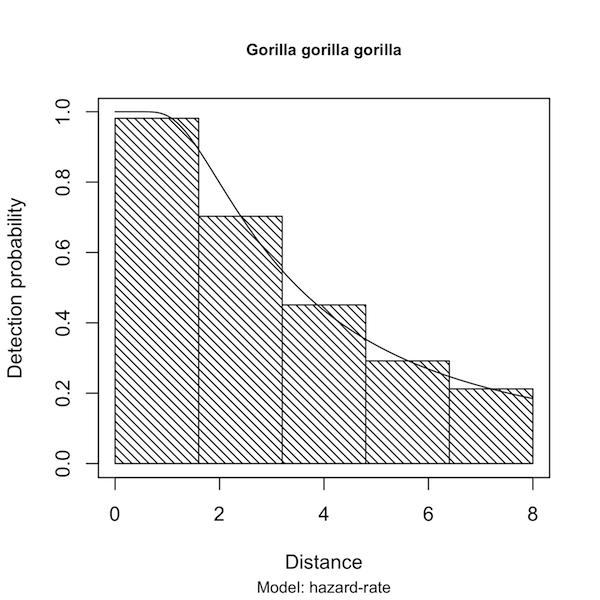Expertise
Population analysis and management

Studbooks populations are often scattered over different climate (temperature and/or precipitation) regimes (as illustrated above). Studying the life history of species in captivity living under different climate conditions, as done for the Nepalese red panda in Princée & Glatston (2016), can also provide insight to the potential effects of global climate change on their wild counterparts.

PVAs are not restricted to endangered species, but can be applied to evaluate effects of proposed management measures of any population. For example, potential effects of resuming trophy hunting on the lowland bongo population in Dzanga Sangha Protected Areas, Central African Republic were modelled and assessed using the PVA approach. (Princée 2011).
Biomonitoring analysis

For example, a consultancy for WWF Central African Republic involved survey design and analyses of data that were collected in the period December 2011-June 2012 in Dzanga Sangha Protected Areas (DSPA). This survey initially focussed on chimpanzees (Pan troglodytes), lowland gorillas (Gorilla gorilla gorilla) and forest elephants (Loxondota (africana) cyclotis). However other relevant taxonomic groups such as non-human primates, duikers and antelopes, forest buffalo (Syncerus caffer nanus) and red river hogs (Potamochoerus porcus) were included in the combined 700 km of line transects and reconnaisance walks.
Software development
I have long-term experience (since the mid 1980s) in development and programming of population analysis and management software, genetic simulation models and database design.Programming languages that are used for mathematical and statistical calculations and interactions with databases include C/C++, Pascal, Perl, PHP and R script.
The Population Management Library (PML) and the R add-on package studbookR, are my most recent products and are publicly available (see Software).
Training
I am experienced in providing training in the conservation topics presented above and in the use of the various computer programs used in these fields.For more information:
Dr Frank PG Princée
e-mail: info
[at] princee [dot] com
